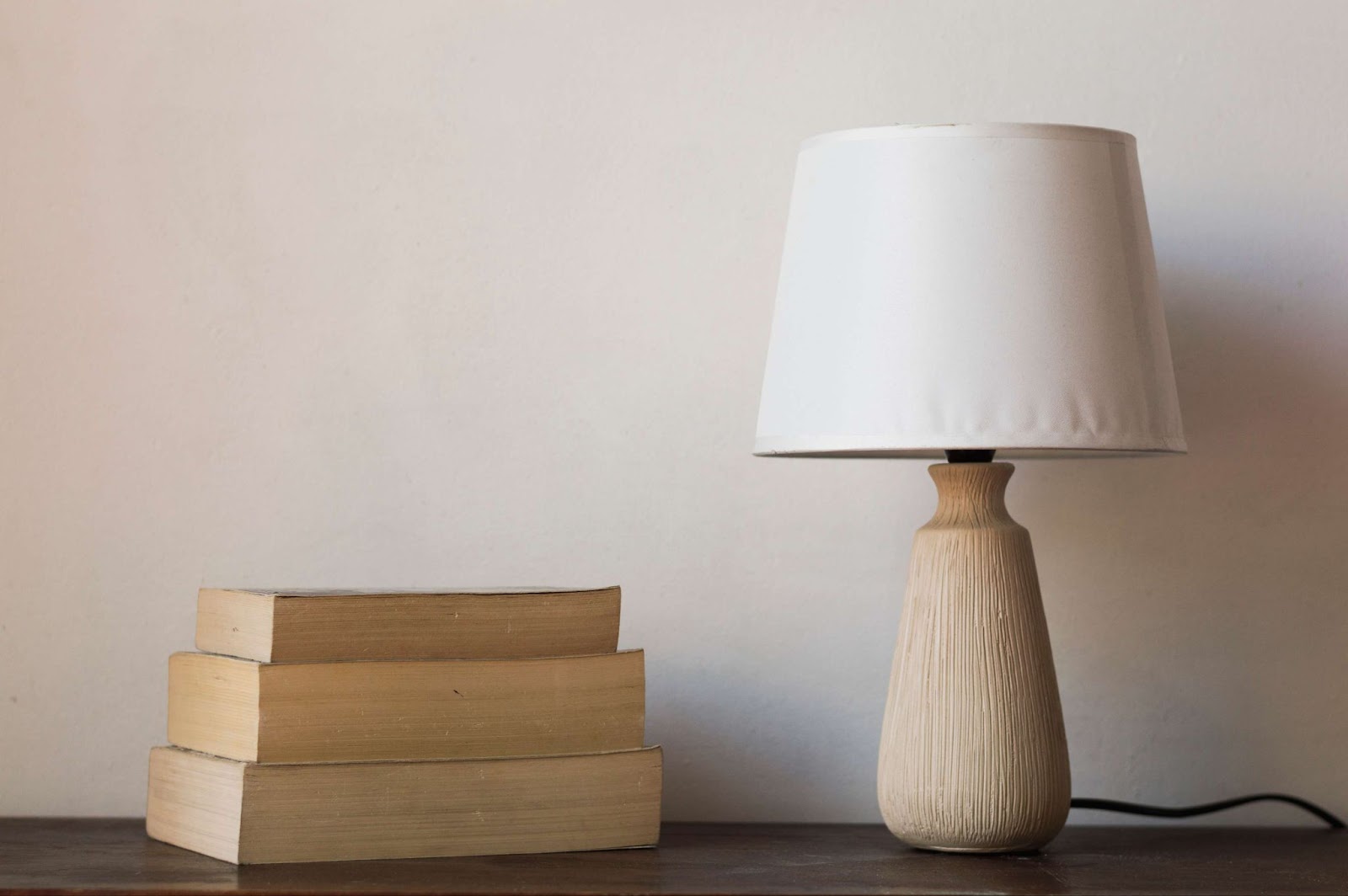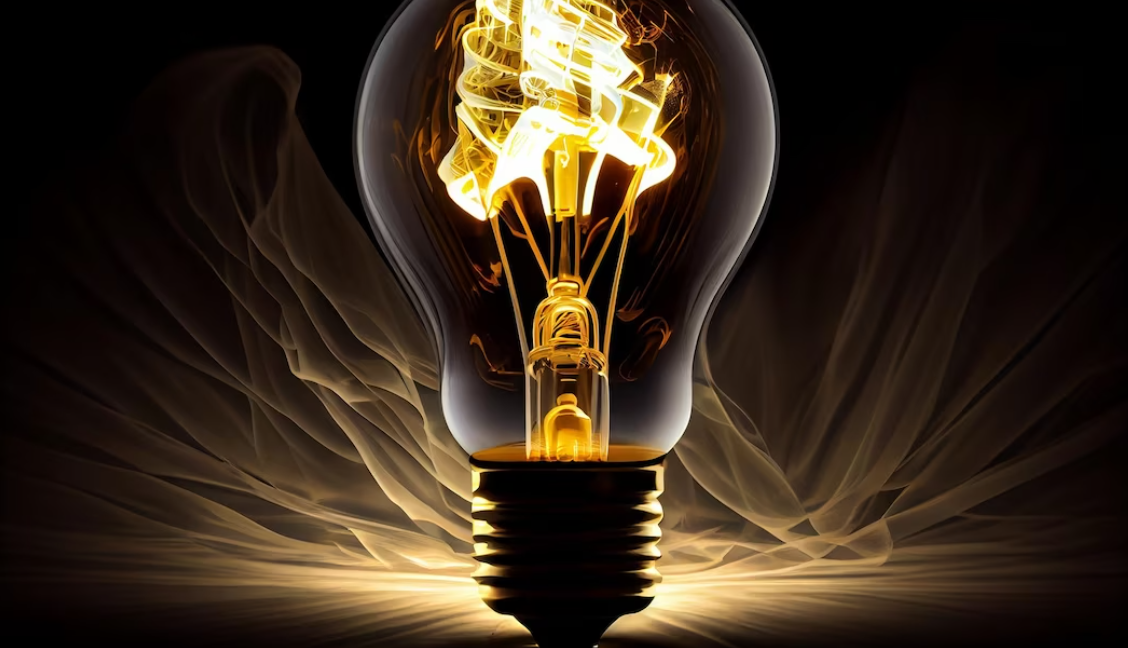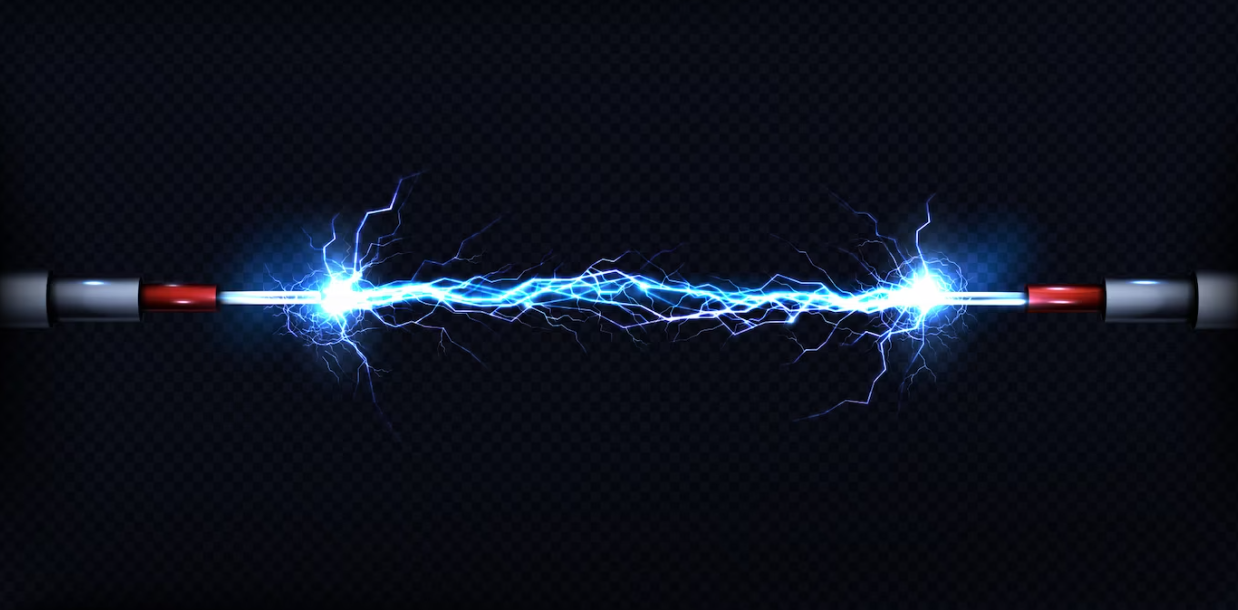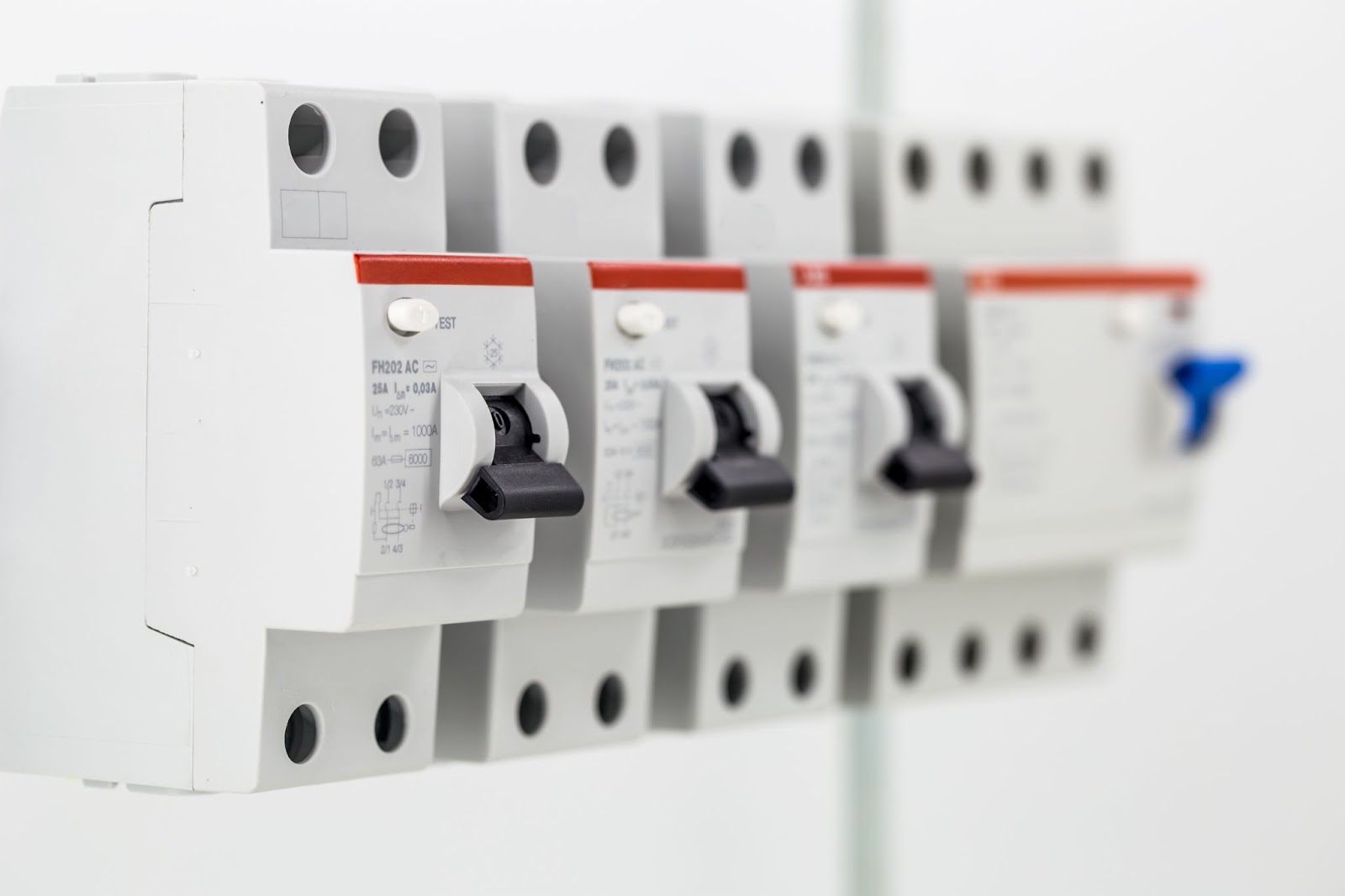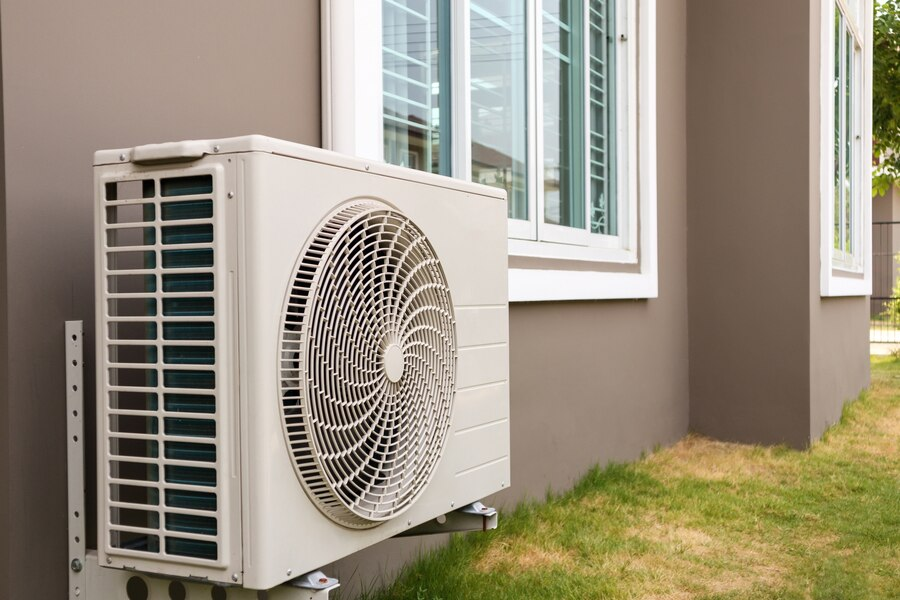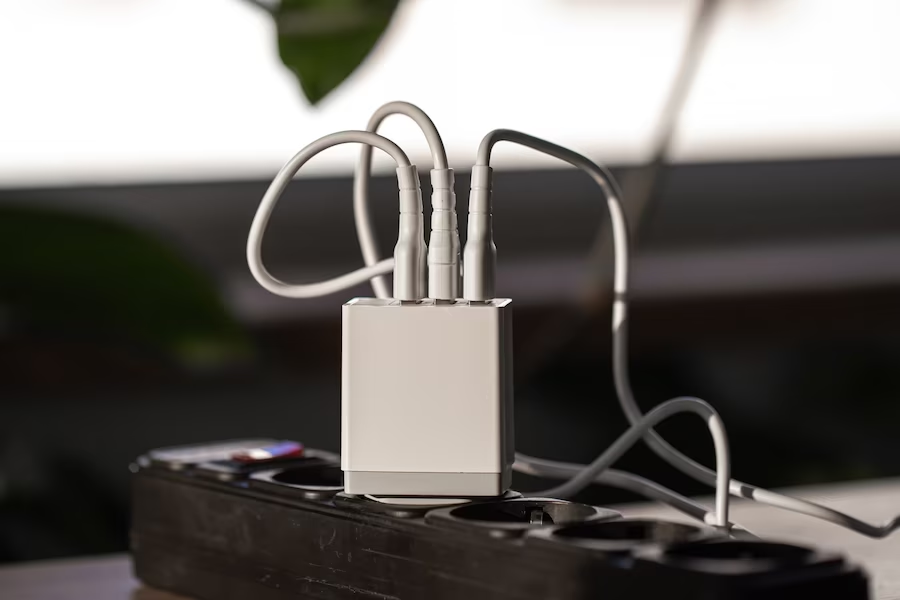In the realm of modern technology, we find ourselves surrounded by an ever-increasing array of electrical devices, and among the most common is the humble lamp. As a ubiquitous household item, it’s natural to assume that when we switch off our lamps, they cease to consume any electricity. Yet, in the back of our minds, a lingering question persists: does a lamp use electricity when turned off?
To unravel this intriguing conundrum, we embark on a journey of exploration and understanding. In this article, we delve into the fascinating world of power consumption and reveal the hidden truths behind the behavior of our lamps when they rest in their dormant state.
The Mysterious Power Draw of Lamps: Unveiling the Standby Enigma
Have you ever wondered what happens to your lamps when they’re supposedly turned off? Is there some elusive energy at play, drawing power in the shadows? The truth is, most lamps do utilize a small amount of electricity even when switched off – a phenomenon known as standby power or phantom power. This enigmatic energy consumption is a widespread trait among electronic devices, surreptitiously nibbling away at your electricity usage when you least expect it.
Do not fret, for this hidden energy depletion is not as intimidating as it might appear. Unlike certain infamous offenders such as phone chargers, the power consumption of lamps in standby mode is rather modest. Nevertheless, it presents an exceptional chance to delve into methods of reducing this surreptitious power usage and cutting down on electricity costs, all while embracing a more eco-friendly approach to energy consumption. So, worry not, as there are ways to tackle this issue and lower your electricity bills without sacrificing sustainability.
Shedding Light on Standby Power: Understanding the Phenomenon
The enigmatic notion of standby power, often referred to as vampire power or phantom power, is a captivating phenomenon indeed. It pertains to the energy silently siphoned by electronic devices even when they seem to have been powered down, but remain tethered to an electrical source. Even as you bid adieu to your lamps with a decisive click of the switch, they hold a subtle link to the power grid, biding their time to spring into action instantly at your command, returning to life with just a flick of the switch.
The presence of standby power can be attributed to various factors, including:
- Remote Control Readiness: Lamps equipped with remote control capabilities need to stay partially active to receive signals promptly. Hence, they remain on standby mode to be at your beck and call;
- LED Indicators: Some lamps feature LED indicators, like those that show the charging status or power availability. These indicators require minimal electricity, contributing to standby power consumption;
- Internal Circuitry: Certain lamps have complex internal circuitry that necessitates a small amount of electricity to power sensors or other functionalities even when the main light source is inactive.
Easing the Phantom Load: Practical Tips to Reduce Standby Power
Reducing standby power consumption is an eco-conscious endeavor that benefits both your wallet and the environment. Let’s explore some simple yet effective measures to tame the phantom load and keep your electricity usage in check:
- Unplug When Not in Use: The most straightforward approach is to unplug your lamps when you’re not using them. If they’re not drawing power from the outlet, there’s no need to fret about standby consumption;
- Smart Power Strips: Utilize smart power strips that cut off electricity supply to devices when they’re in standby mode or not actively in use. These intelligent strips ensure that vampire power remains at bay;
- Energy-Efficient Lamps: Consider investing in energy-efficient LED or CFL lamps. They generally consume less power overall, making any standby power less impactful;
- Disable or Cover LED Indicators: If the LED indicators on your lamps are contributing to standby power consumption, consider disabling them when not needed or covering them with non-transparent tape to minimize their impact;
- Group Devices Strategically: Plug multiple electronic devices, including lamps, into the same power strip and switch them all off simultaneously when not in use. This makes it more convenient to manage and reduces the chances of forgetting to unplug individual items;
- Establish Habits: Cultivate the habit of turning off lamps and other devices completely, rather than leaving them on standby. Small, consistent efforts can make a notable difference in the long run;
- Monitor Electricity Usage: Keep track of your electricity consumption regularly using smart energy monitoring tools or your utility provider’s app. Understanding your usage patterns can motivate you to take further energy-saving actions.
By demystifying the enigmatic standby power of lamps and implementing these practical tips, you can take control of your energy consumption and embark on a greener, more cost-effective journey. Embrace the power of knowledge and make a difference, one lamp at a time!
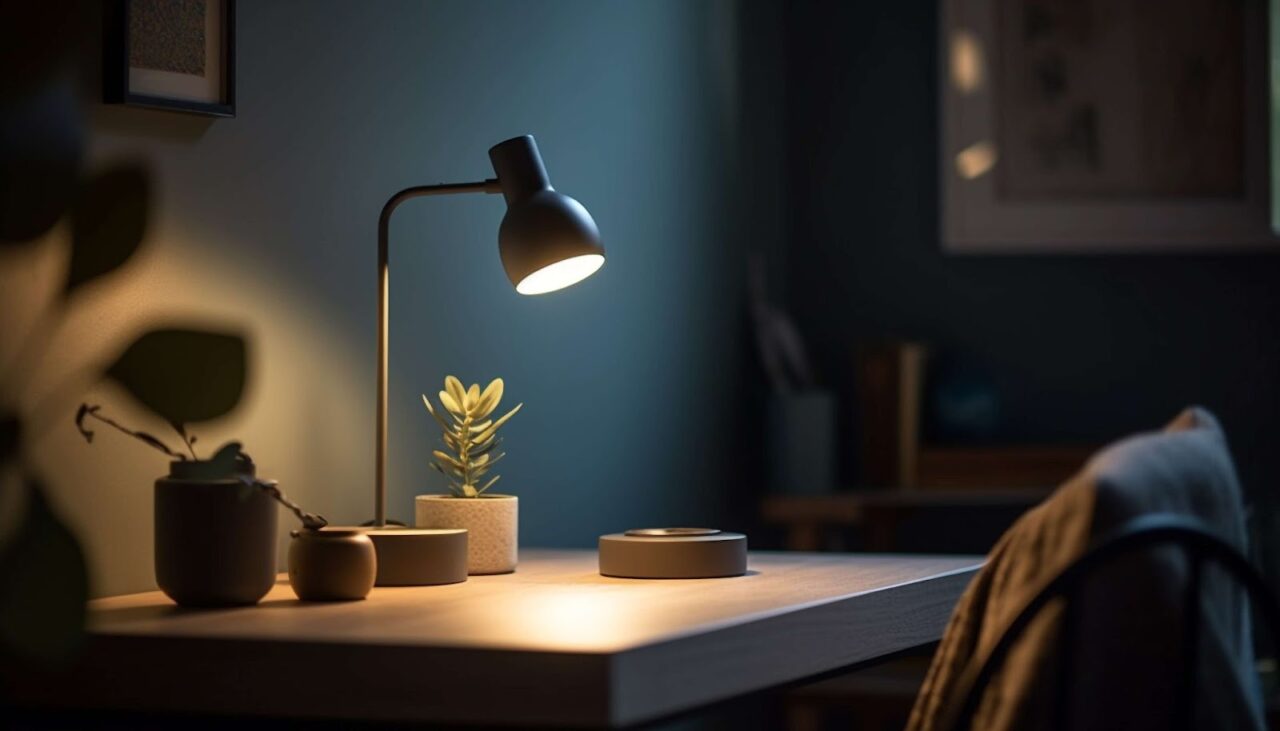
The Sneaky Energy Consumption of a Sleeping Lamp
Let’s delve into the intriguing world of a sleeping lamp and shed light on how much energy it truly consumes when seemingly dormant.
Insights into Lamp Energy Efficiency:
While the wattage consumption of lamps in the off state can vary depending on the model and technology, the common consensus is that it remains negligible. Here are some insightful points to consider:
- LED vs. Incandescent: LED lamps are the current gold standard for energy efficiency. Compared to traditional incandescent bulbs, they consume significantly less energy both when on and off;
- Energy Star Certified: Look for lamps with an Energy Star certification. These lamps meet stringent energy efficiency guidelines, ensuring they draw minimal standby power;
- Vampire Power: Phantom energy loss is not limited to lamps; many devices like TVs, chargers, and computers are guilty of it too. Unplugging devices or using smart power strips can help eliminate this sneaky energy drain;
- Sleep Mode: Some lamps come with a sleep mode or auto-off feature, which ensures they consume the least amount of energy when not in use.
The Cost of a Sleeping Lamp:
Let’s crunch some numbers to put the energy usage of a dormant lamp into perspective. Assuming an average electricity cost of 15 cents per kilowatt-hour, we can estimate the annual cost of leaving a lamp plugged in but turned off:
Energy Consumption per Hour (while off) = Less than 1 watt
Annual Energy Consumption = Less than 1 watt * 24 hours/day * 365 days/year = Less than 8.76 watt-hours/year
Now, converting watt-hours to kilowatt-hours:
Annual Energy Consumption = Less than 8.76 watt-hours/year ÷ 1000 = Less than 0.00876 kilowatt-hours/year
Finally, calculating the cost:
Annual Cost = Less than 0.00876 kilowatt-hours/year * $0.15/kilowatt-hour = Less than $0.0013/year
As we can see, the cost of leaving a lamp plugged in but switched off is practically negligible, adding only a minuscule fraction of a cent to your yearly electricity bill. Nevertheless, the cumulative impact of phantom energy across all devices in your household can be more significant.
Conclusion
Through a comprehensive exploration of the phenomenon of “phantom” or “standby” power consumption, it becomes evident that, indeed, certain electrical devices, including lamps, can draw power even when seemingly switched off. The research presented in the article highlights the prevalence of standby power consumption in modern households, leading to the realization that this phenomenon may be contributing to unnecessary energy wastage and higher electricity bills. It underscores the importance of understanding and addressing this issue to promote energy efficiency and sustainability.


